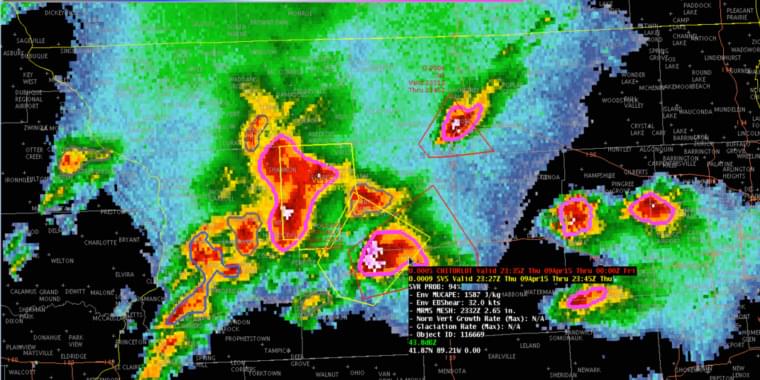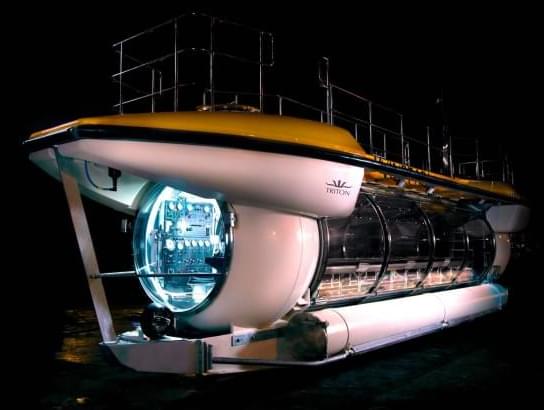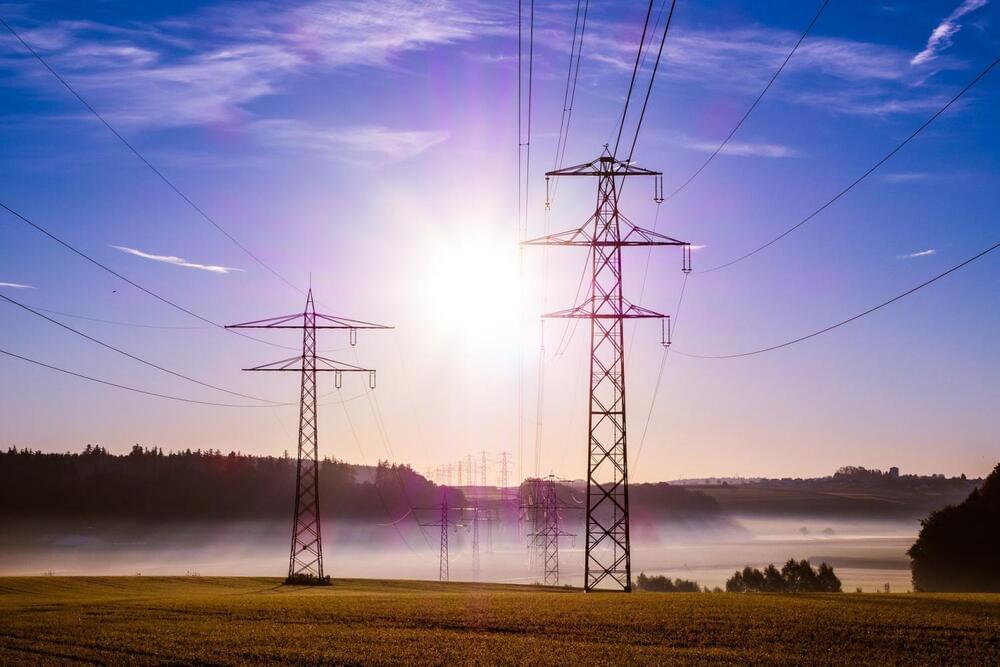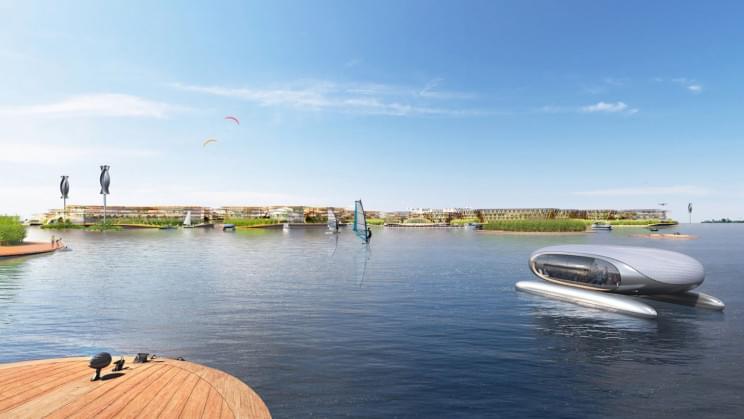British engineering company White Motorcycle Concepts (WMC) has unveiled its revolutionary new electric hybrid scooter – the WMC300FR. The new hybrid three-wheeled scooter is designed especially for use as a fully operational first response vehicle that will help bring emergency services into line with new national objectives to combat the effects of climate change and cost reduction.
The electric scooter uses the same patented technology central to its all-electric WMC250EV high-speed demonstrator, with which it intends to break the world electric land speed record over the next 12 months. In the case of First Responder, however, the key objectives are not so much to achieve ultimate speed as to significantly increase range and viability while reducing CO2 footprint and running costs for emergency service fleets. It can reduce carbon emissions by up to 50% of that of comparable conventional motorcycles and scooters.
The WMC300FR scooter features WMC’s patented Venturi Duct, which reduces drag by pushing air through the vehicle rather than around it. This system is aided by aerodynamic front fenders, which funnel the air towards the venturi, reducing overall frontal resistance and meaning less energy is required to propel the vehicle forward.









